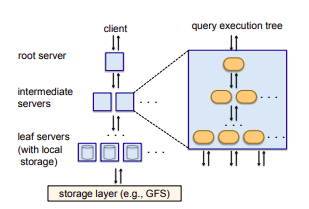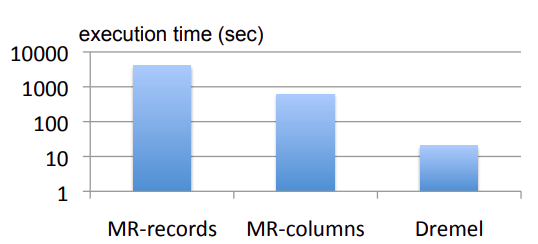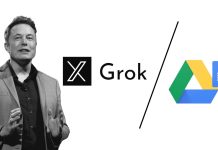Introduction
In the fast-evolving landscape of big data, the ability to perform interactive analysis on web-scale datasets is a game-changer. Enter Dremel, Google’s cutting-edge query system that delivers real-time insights at unprecedented speed and scale. Capable of querying trillion-row datasets in seconds, Dremel embodies a blend of technical ingenuity and practical efficiency, redefining the possibilities of large-scale data processing. This article explores the architecture, functionality, and transformative impact of Dremel in the realm of big data analytics.
The Heart of Dremel: Speed Meets Scale
Dremel achieves its extraordinary capabilities by combining two innovative technologies:
- Columnar Data Storage:
Unlike conventional row-based storage systems, Dremel leverages a columnar format that stores data field-wise, allowing for selective access to specific fields while bypassing irrelevant ones. This approach drastically reduces disk I/O and enhances compression, making it particularly suitable for large, nested datasets. - Multi-Level Execution Tree:
Drawing inspiration from web search systems, Dremel processes queries through a hierarchical tree structure. This architecture enables parallel processing across thousands of nodes, ensuring scalability and rapid aggregation of results.
These features allow Dremel to analyze petabytes of data with interactive response times, providing analysts with immediate insights critical for decision-making.
Redefining Interactive Analytics
Dremel offers a SQL-like query language tailored for nested and columnar data structures. Key features include:
- In Situ Querying: Queries can be run directly on data stored in distributed systems like Google File System (GFS) or Bigtable without requiring time-consuming preprocessing.
- Support for Complex Data: Its innovative handling of nested data ensures seamless analysis without restructuring datasets.
- Efficient Aggregation: The system excels in handling one-pass aggregation queries, a common requirement for real-time analytics.
By delivering interactive capabilities at scale, Dremel empowers engineers and data scientists to prototype, debug, and monitor data pipelines with unprecedented ease.

How Dremel Fits into the Big Data Ecosystem
Dremel complements Google’s MapReduce (MR) paradigm, creating a synergistic ecosystem for data processing. While MR handles long-running batch jobs, Dremel shines in ad-hoc querying and exploratory data analysis. Together, they form a powerful combination: MR processes raw data into structured formats, which Dremel then queries in real-time for actionable insights.
For instance, a crash-reporting system might use MR to collate data from devices worldwide, while Dremel analyzes the aggregated dataset within seconds to identify trends or anomalies.
Applications Across Industries
Google has deployed Dremel across various domains, demonstrating its versatility:
- Web Analytics: Analyzing crawled web documents to extract actionable insights.
- Crash Diagnostics: Real-time investigation of software and hardware issues.
- Infrastructure Monitoring: Tracking resource utilization across data centers.
- Spam Detection: Safeguarding systems from malicious activity.
- OCR Analysis: Processing results from Google Books.
These use cases highlight how Dremel transforms static data into dynamic intelligence across business-critical operations.
Unmatched Performance at Scale
Google’s experiments showcase Dremel’s efficiency:
- Interactive Speeds: Queries on trillion-row tables execute in seconds, even for complex operations like aggregation.
- Scalability: Performance scales linearly across thousands of nodes, demonstrating efficiency even under heavy workloads.
- Columnar Storage Advantage: Selective field retrieval delivers up to 10x faster results compared to traditional row-oriented formats.
Dremel also excels in fault tolerance, redistributing workloads in case of server slowdowns or failures to ensure seamless execution.

The Legacy and Impact of Dremel
Dremel’s introduction has inspired modern analytics tools, most notably BigQuery, Google’s commercial implementation of this technology. Its columnar storage model and execution tree architecture are now industry standards, influencing open-source and commercial systems alike. Dremel not only solved a pressing need within Google but also set a new benchmark for interactive, scalable data analysis.
Conclusion
Dremel is more than just a query system—it is a visionary leap in data processing. By combining cutting-edge storage innovations with a scalable execution model, Dremel transforms the way organizations interact with their data. As the demand for real-time insights grows across industries, Dremel stands as a testament to Google’s leadership in technological innovation, ensuring that the era of interactive, web-scale analytics is here to stay.
Editor’s Note:
As we look to the future, Dremel’s pioneering approach will continue to shape the evolution of big data technologies, inspiring solutions that bring speed, scalability, and simplicity to the forefront of analytics.





































